Breeding and mutations walk hand in hand in Ark: Survival Ascended, but you won’t need to find the perfect dinosaur to develop the mutations you want as mutations aren’t tied to the base stats anymore.
When you get to the point of taming dinosaurs in Ark: Survival Ascended, you can start breeding them to get your own high-level dinosaur with the high stats you want. Mutations will make increasing the stats much better.
How does breeding work in Ark: Survival Ascended?
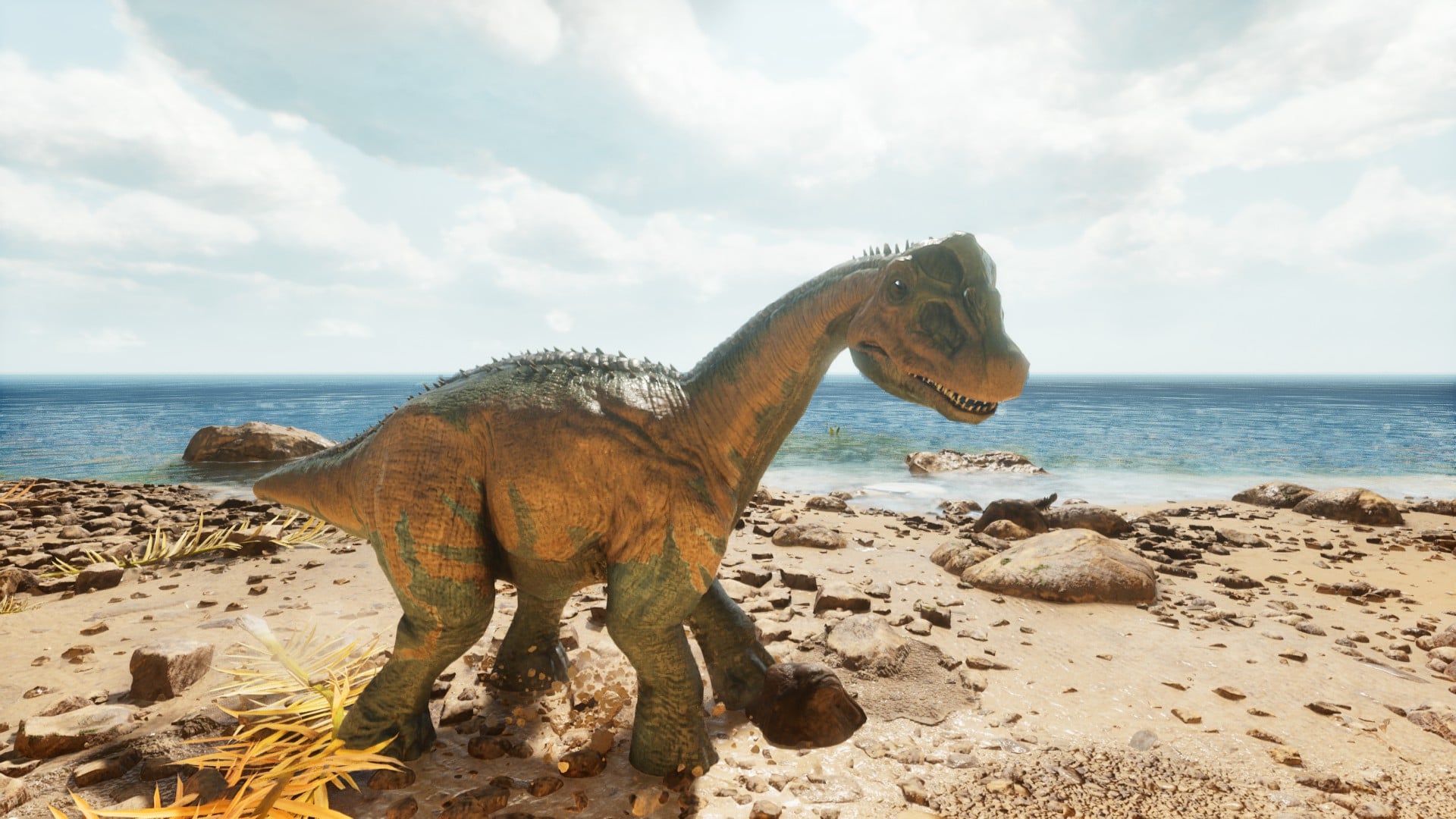
To breed in Ark: Survival Ascended, you need to tame a female and a male dinosaur and enable the Mating option on the Behavior menu so they can reproduce and generate a baby dinosaur. Also, you need to bring them close to each other so they are within mating range.
You can mate several females with one male. You can also get twins and triplets in Ark: Survival Ascended but it’s much less common to get twins, and even less likely to get triplets. Twins and triplets will have identical stats, however.
Half of the stats will come from the mother and the other half will come from the father, but there’s a slightly higher chance the better stat will be passed down. Use the binoculars to check the stats. They will be shown in a window on the right side of the screen.
The colors will also be randomly picked from both parents, so you might get a mixture of the physical characteristics of both parents. When it comes to breeding, there isn’t much you can do, except choose what stat you want to increase and keep breeding until you get what you want.
Understanding the stats
Each line of stats corresponds to one of the dinosaur’s abilities, such as health, stamina, and carrying capability. The numbers indicate the current state and the total of that ability, but what’s important right now are the numbers inside the brackets.
You’ll notice there are three number spaces inside the brackets: those are Wild Points that increase the stat it’s related to. The first number is randomly assigned by the game as the creature levels up. The second number indicates the number of mutation wild points. The third number is the points placed by the player to increase that stat.
How does mutation work in Ark: Survival Ascended?
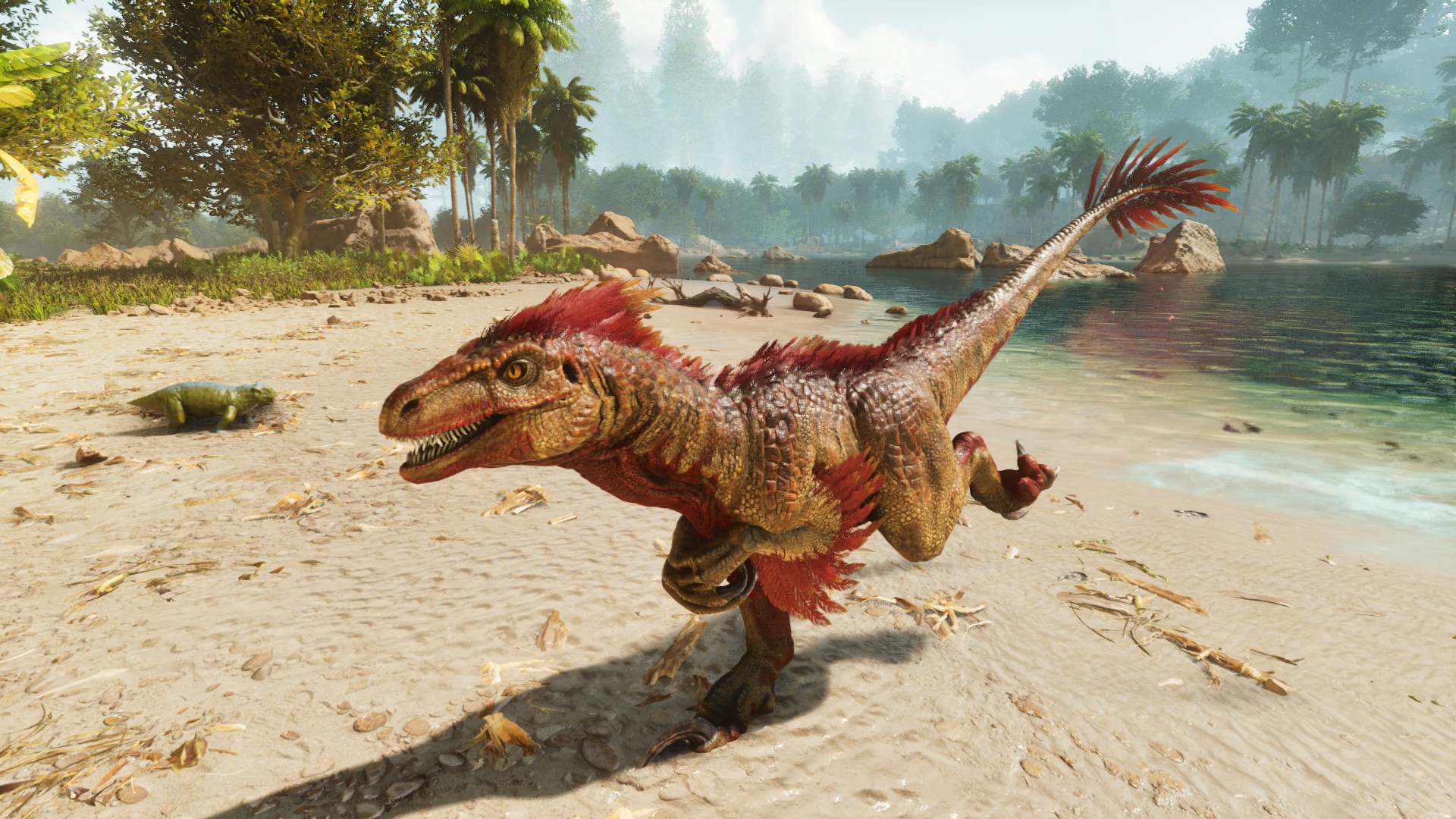
Mutations alter both the dinosaur’s phenotype (welcome back to Biology class) and the genotype. The phenotype influences the physical aspect of the creature, so you can visually see when a dinosaur has a mutation because of its vibrant color and patterns, while the genotype affects one of the stats.
It’s important to know that mutations are randomly assigned when the dinosaur is born, even if none of the parents had mutations, and you can’t choose what stat it affects or from which parent the mutation will come.
Mutations always add two Wild Points and a different color to the dinosaur. There can only be three new mutations in an offspring, but the maximum number of mutations in one dinosaur is 40—20 from the mother and 20 from the father.
How to get mutations from breeding in Ark: Survival Ascended

It’s not guaranteed you’ll get a mutation when breeding dinosaurs. You have around a seven percent chance of getting an offspring with a mutation, which means you’ll have to keep breeding dinosaurs several times to get at least one mutation.
You can leave the dinosaurs mating and check later what were the stats of their offspring and see if any of them carry a mutation. You’ll know if they have a mutation if the second number inside the brackets went up by two, by their bright color, and by checking the dino’s status.
How to stack mutations in Ark: Survival Ascended
If you are aiming to increase a specific stat of a dinosaur species, you can stack mutations as you breed to create a line of dinosaurs with the high stat you want. The best course to stack mutations is to only breed the dinosaurs with the mutations in the stats you want to increase.
When you get an offspring with the worst stats from the parents, we recommend taking it out of the line of reproduction, since it will only bring the stats back when mating with other dinosaurs.
Stacking mutations can take a lot of time since it all depends on statistics and luck, but once you have the mutations you want, you can then find the perfect dinosaur with the best stat to breed it to the maximum level.



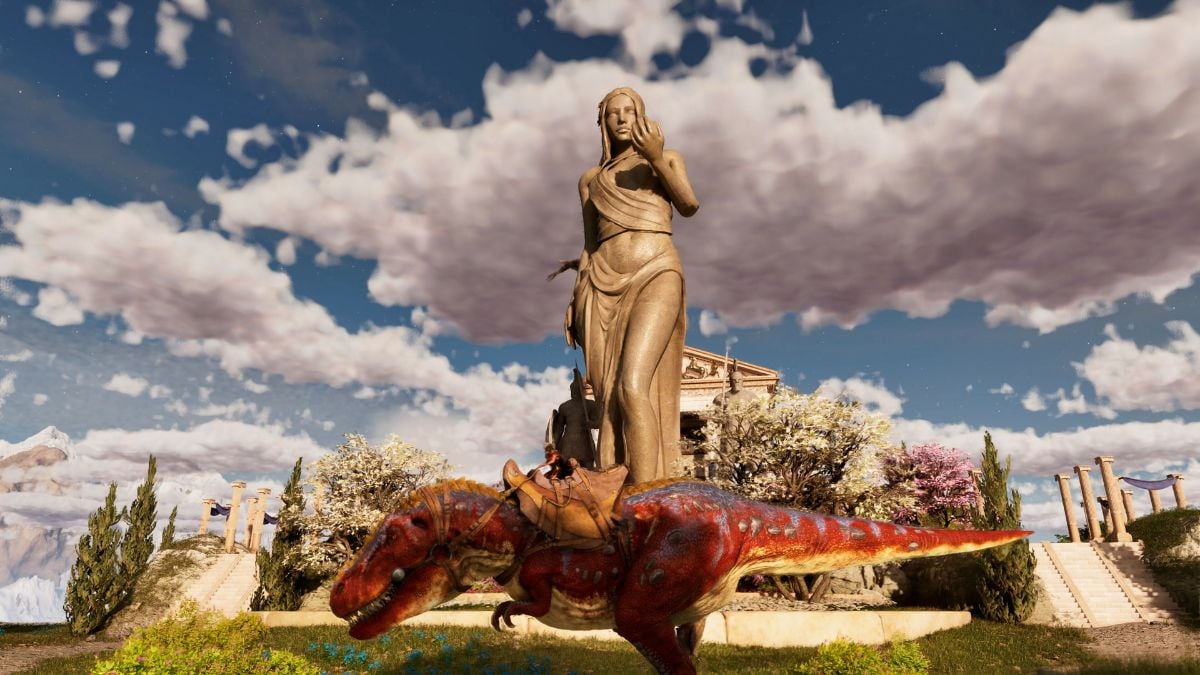

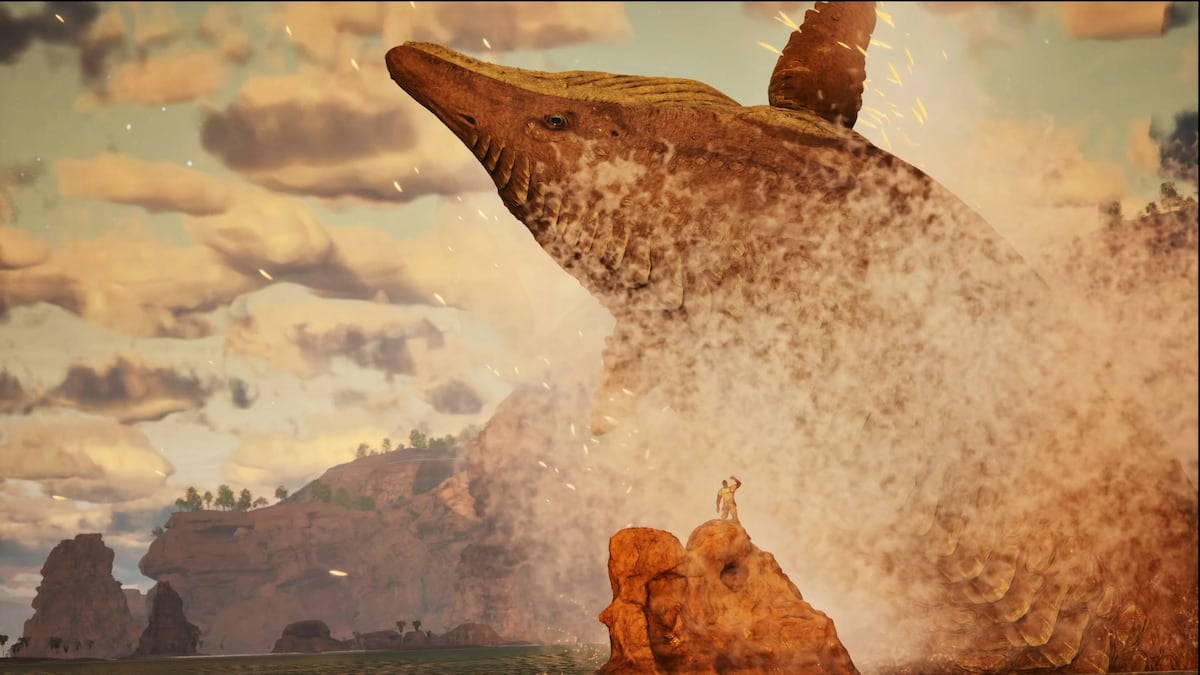
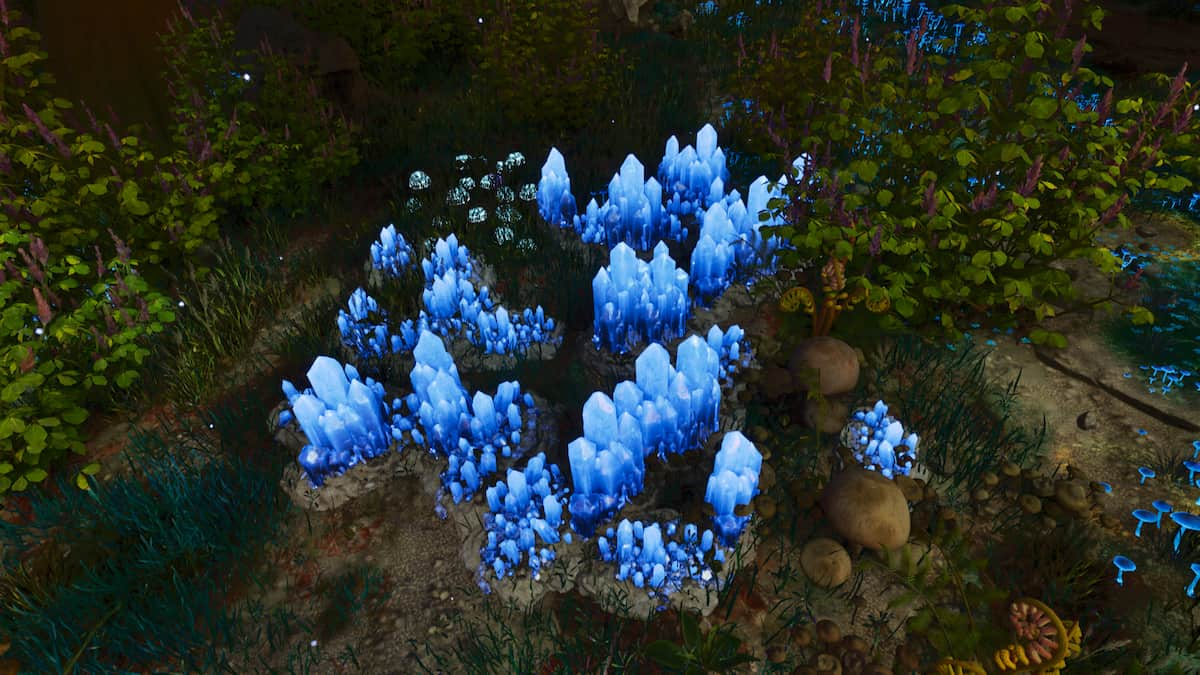
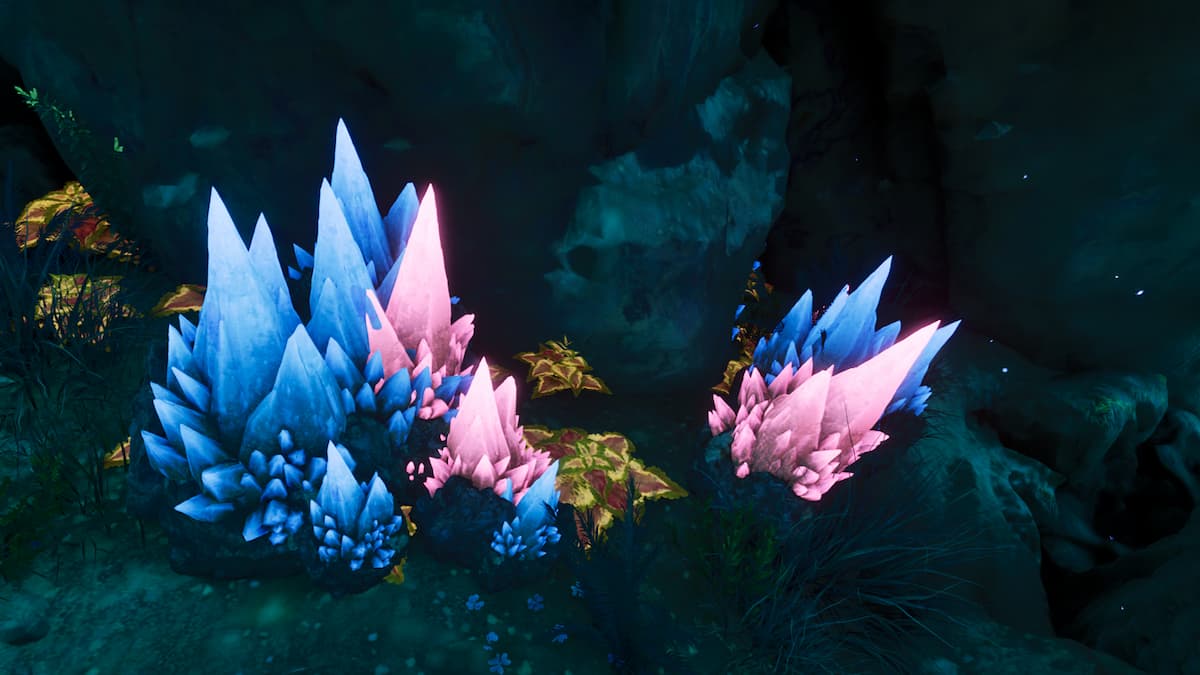
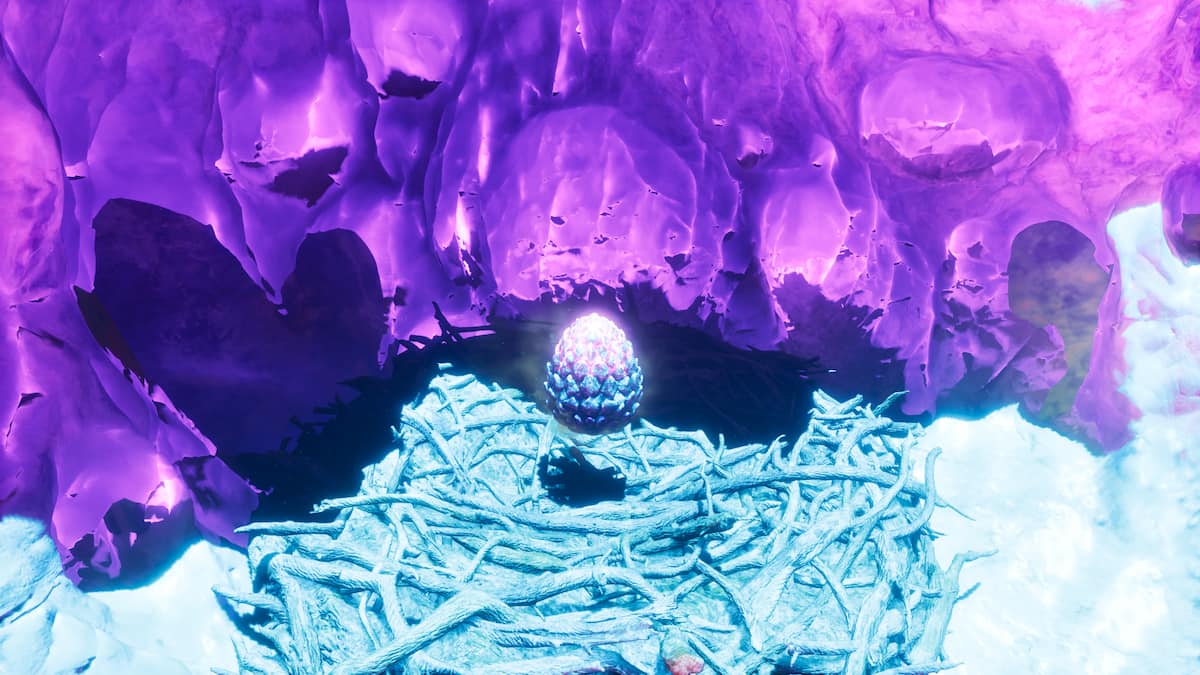
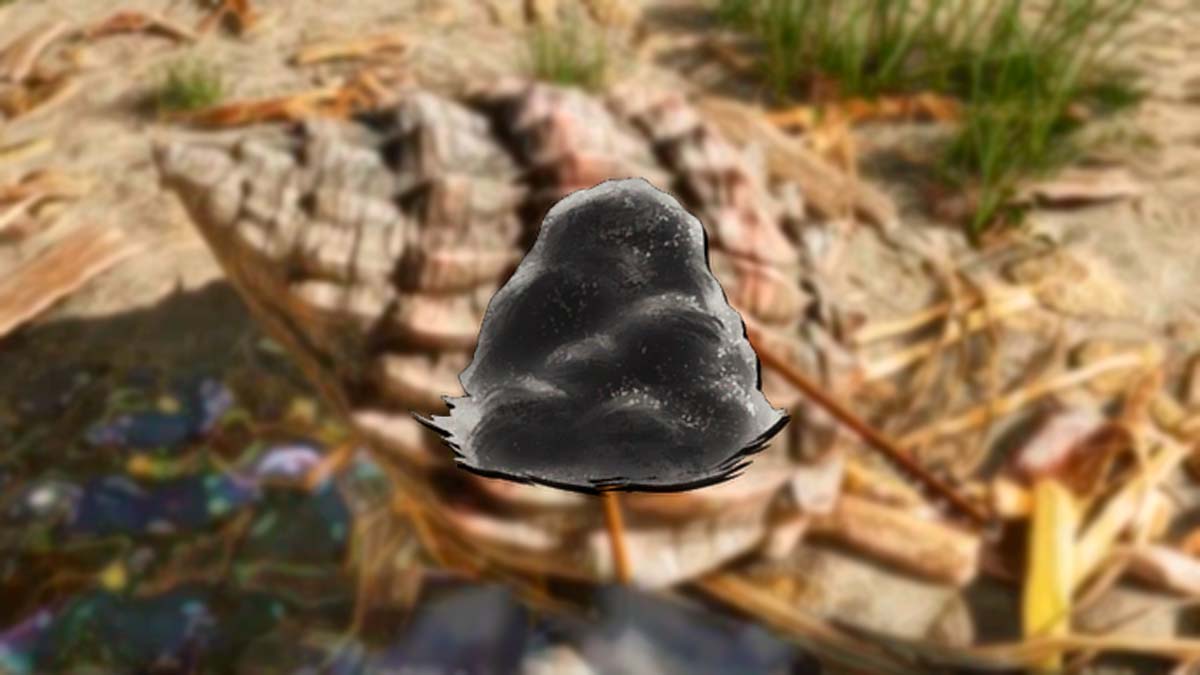
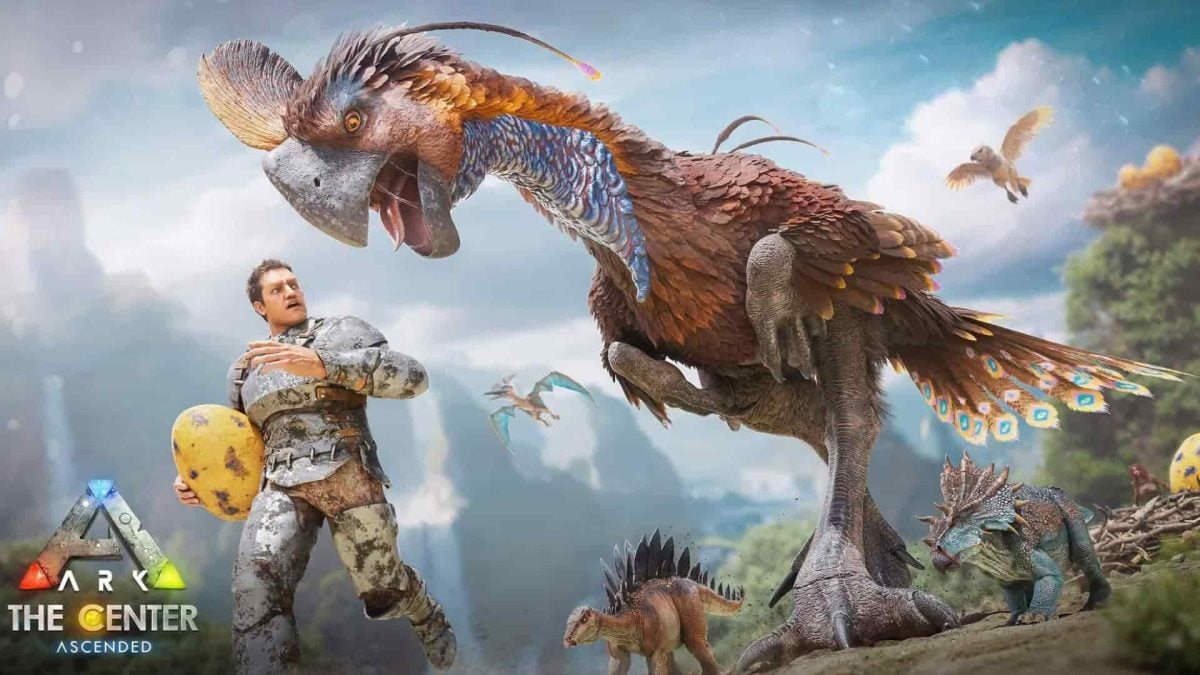
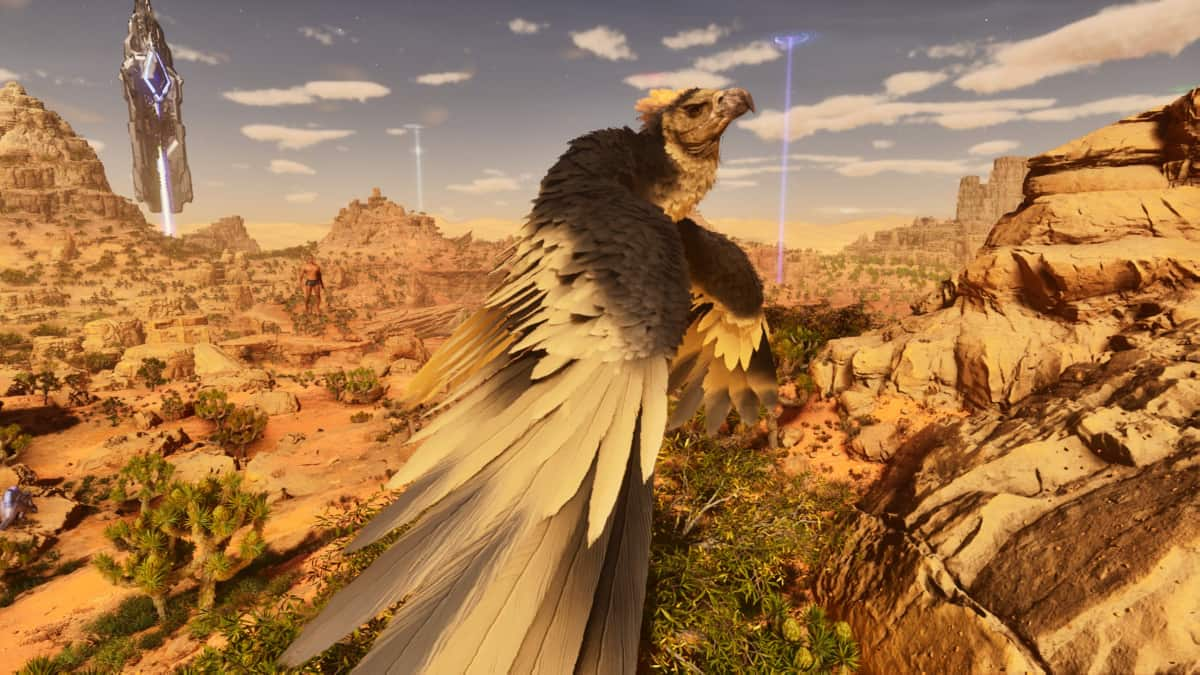
Published: Nov 17, 2023 11:50 pm